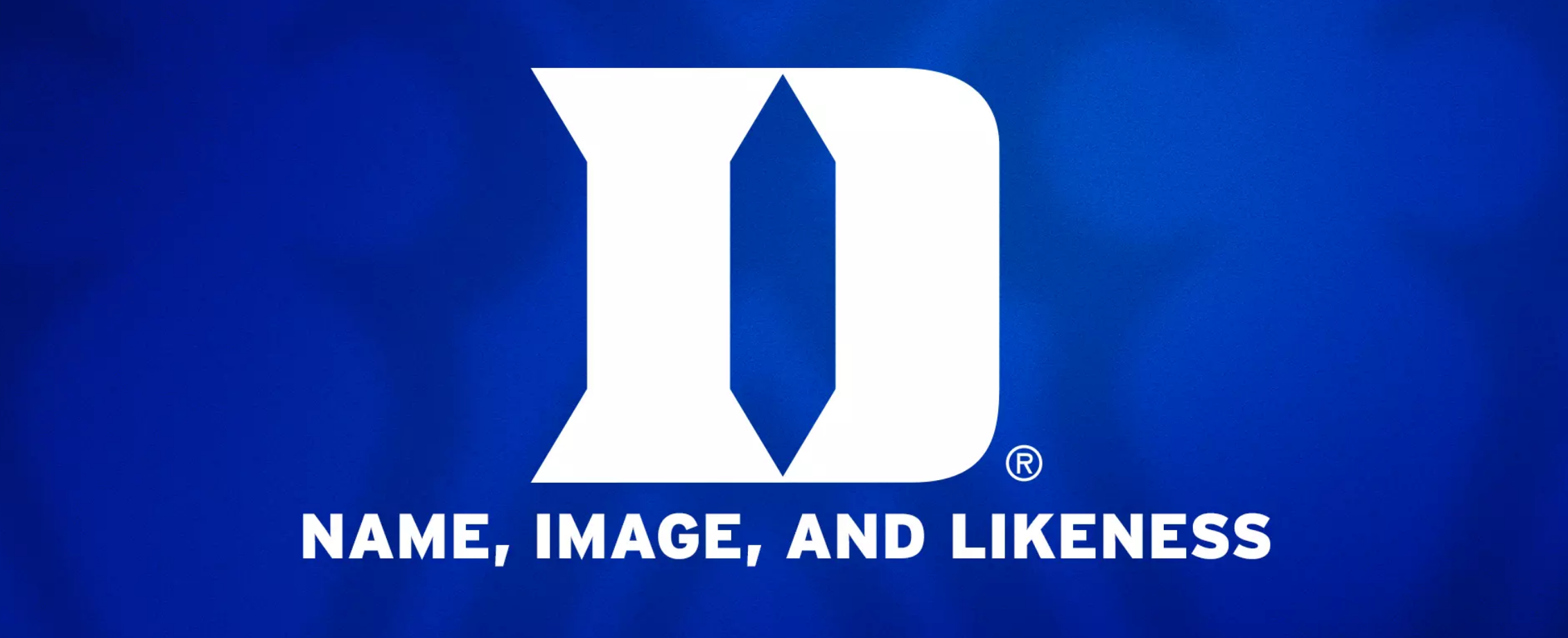1852: The Harvard and Yale boating clubs have a regatta, the first intercollegiate sporting event. The event is paid for by a railroad that plans to make money on fares.
1906: NCAA founded; it takes its present name in 1910. Athletes are not allowed to receive any remuneration for play; even financial aid is prohibited.
1948: NCAA “Sanity code” introduces the notion that athletes may receive scholarships, but only if they demonstrate financial need. No room and board, though.
1952: First NCAA national television contract ($1.1M) for football.
1955: Ray Dennison of Fort Lewis (Colorado) A&M dies playing football; his wife’s claim for workmen’s compensation is originally granted, but in 1957 the Colorado Supreme Court overturns the award because Dennison is not an employee but a “student-athlete,” a term coined by NCAA executive director Walter Byers for the purpose of challenging the claim.
1956: NCAA allows athletic scholarships regardless of financial need or academic ability.
1972: NCAA men’s basketball tournament television contract costs $500,000; reaches $16M in 1981.
1977: Nike offers UNLV basketball coach Jerry Tarkanian $2,000 to put its shoes on his team; he accepts, becoming the first college coach to sign a shoe deal.
1980: NCAA football television contract reaches $31 million ($150 million in 2023 dollars).
1981: The University of Oklahoma and University of Georgia sue the NCAA in the first antitrust case regarding football TV rights.
1984: U.S. Supreme Court says NCAA control of TV rights for football is an antitrust violation. Schools gain more control.
1985: Former Duke point guard Dick DeVenzio publishes “Rip-Off U: The Annual Theft and Exploitation of Major College Revenue Producing Student-Athletes.” He is one of the first voices advocating for payment of college athletes.
1995: Onetime NCAA executive director Walter Byers, who retired in 1987, calls the NCAA “a nationwide money-laundering scheme.”
2009: Ed O’Bannon, former UCLA basketball star, is lead plaintiff in a class-action lawsuit against the NCAA for profiting off his name, image and likeness in a video game.
2013: Golfer Dylan Dethier of Williams College takes a gap year to write a book about playing golf in every state. The NCAA suspends his eligibility a week before the national championship. He is eventually reinstated.
2014: Another class-action antitrust suit, Alston v. NCAA, filed.
2015: The O’Bannon case is resolved in lower courts in favor of the athletes.
2019: The initial resolution of the Alston case allows colleges to supply up to $6,000 of additional scholarship money to athletes. Some states, including California, begin to write statutes specifically allowing NIL contracts for athletes.
2020: Several former athletes sue the NCAA over opportunities they missed before NIL was allowed. The various cases are grouped together under House v. NCAA.
2021: The U.S. Supreme Court unanimously upholds the Alston case; Justice Brett Kavanaugh writes a concurring opinion that raises doubts that any limitation on athletes’ ability to monetize their work is allowable.
March 2024: Dartmouth men’s basketball team votes to unionize.
May 2024: The House lawsuit is tentatively settled; $2.8 billion will be paid to athletes denied the capacity to earn NIL money during their time in college. Athletes will begin to receive a portion of broadcast revenues, and schools will be able to distribute $20 million annually to their athletes.
Currently: CBS and Turner Sports will pay $1.1 billion annually until 2032 for the right to broadcast the men’s NCAA basketball tournament.




